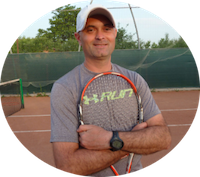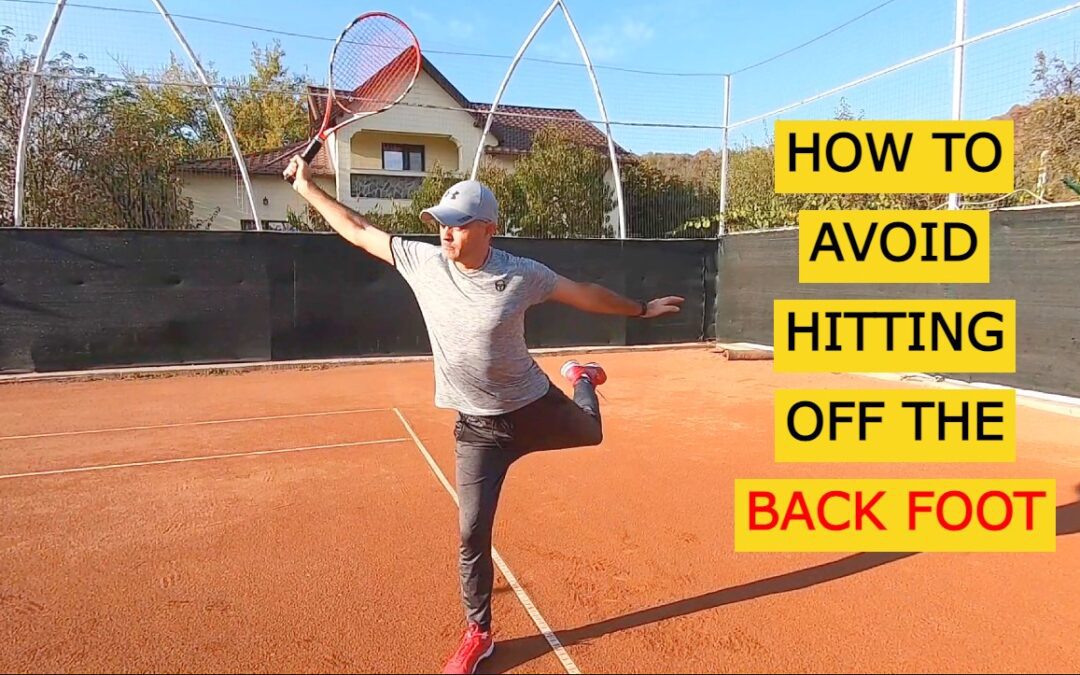
Are You Serving With A Backhand Grip?
In a recent email, where I shared an 8-minute video with one of my favorite serve tennis drills, a couple of our subscribers replied and asked me if I was serving with a backhand grip.
Indeed, I serve with an eastern backhand grip, and here’s why…
When I was 15, I got sent to high school in a city about 4 hours away from where my parents lived.
There, I continued my tennis training with a new coach who, after noticing that, even though I was beginning my serve motion by holding the racket with a continental grip (which you should), during the swing I would change the grip and end up hitting the ball mostly flat using a… forehand/eastern grip.
My new coach decided to take my hand before each serve and position it in an eastern backhand grip. And then he would say:
“Go ahead… serve!”
He did not tell me why or how to serve. He just told me to go for it.
My father (who was my first coach), later on, when I went back home, saw me serving with an eastern backhand grip and he could not believe his eyes how easy I was putting spin on the serve, and how consistent my serve had become.
This is the story of my serve with a backhand grip. 🙂
Have you ever tried it?
You might be surprised how easily you’ll hit the ball with slice and kick.
I hope this tip helps. I would be curious to know how it goes for you, or if you have any story like this you could share with me. Leave your comment in the box below…

Cosmin Miholca
Certified Tennis Coach
Check out my work at WebTennis24 where I share with you my best video tennis lessons, drills and tips for players, coaches and tennis parents.

